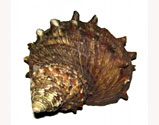
Turbo cornutus
The horned turban (Turbo cornutus) is an edible mollusc, a member of the class Gastropoda, the largest class of molluscs containing over 35,000 living species and 15,000 fossil forms. The one – piece (univalve) shell is usually coiled or spiralled, although in some cases, such as nudibranchs, the shell is completely absent.
The gastropod usually has a distinct head with one or two sensory tentacles and a mouth that is often equipped with a rasp-like tongue called a radula. The head can be drawn into its body. The underside of the animal is modified into a long, flattened foot, used by benthic (bottom-dwelling) species for mobility. The foot and other soft parts of the body can usually be completely withdrawn into the shell and the opening covered by a permanent plate called the operculum.
Most species of gastropod are marine and many are among the most important invertebrate fisheries in the world. The main classes of mollusc fished are Cephalopoda, Bivalvia and Gastropoda. With gastropods representing approximately 2% of the global mollusc fishery. Several species of gastropods, such as Haliotis spp., Strombus spp., Busycon spp. and Concholepas concholepas, have high economic value in international markets and play important social roles in small-scale artisanal fisheries.
The horned turban is a member of the family of turban-shelled molluscs, Trochoidea Turbinadae and is found in intertidal habitats down to 30m, usually in rocky habitats. It is an algae feeder. The shell has a distinct turban coiled turban shape, and the horned turban is chatacterised by the spiny or horn-shaped projections at the base of the shell. These projections are slightly more pronounced in areas where there is a high current. The horned turban shell grows to 12cm.


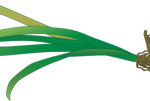
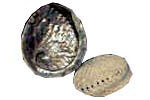
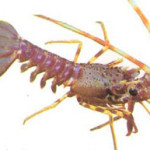
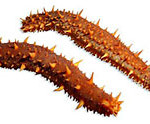



Social Profiles